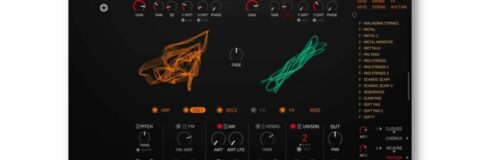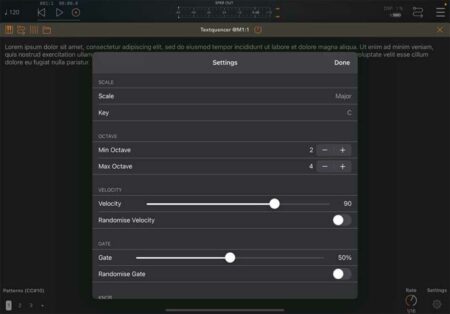Tracktion KULT combines AM and FM Synthesis, Chaos Theory and Deep Modulation Options
Tracktion Corporation has introduced KULT, the latest synth design from Peter V (AKA Dawesome). This is Peter’s 4th instrument, following on from the widely acclaimed Novum, Abyss and Chop Suey.
KULT merges classical syntheses with new concepts. At the heart of the new synth are two independent, powerful oscillators. These so-called ‘Strange Attractors’ are based on the mathematical theory of chaos. There are more than thirty oscillator models to choose from, ranging from classical waveforms to chaotic sculptures of sound. KULT’s OSC’s add a vast range of sonic timbres, which can be shaped with FM and AM synthesis.
In addition, included is a complex filter selection: Formant Filter, 2 x Comb Filters and 2 x ‘Analog’ Filters.
Additional options include a creative arpeggiator, full MPE support and a formidable modulation system.
KULT is available now, with an intro price of $64.50 (normally $129), including 90-days free trial.




